
In 1604 astronomer Johannes Kepler directly observed the most recent supernova to have originated within the Milky Way. It originated 20,000 light years away and was so bright that it could be seen during the daytime for three weeks.
Within our own galaxy, only five supernovae have been observed with the naked eye in the last millennium. Others have been recorded telescopically – including SN 1987A in the Large Magellanic Cloud.
It’s been estimated that about one or two of these events occur in any single century. Yet the vast distances between the stars and the immense amount of time required for their light to reach us mean that in most cases we are only able to see the stars as they were hundreds or even thousands of years ago.
Although we know which stars have almost exhausted their nuclear fuel reserves and are approaching the end of their lifetimes, we can only surmise when they will ‘go supernova’. Ten candidates of varying ages and sizes are known to be close to death. They may have already exploded, and the light from their agonised death throes may still be hurtling across the universe at 300,000 kilometers (186,000 miles) per second to someday reach us. We may not see a supernova in our lifetime… or we could see one tomorrow.
This story is from the Issue 106 edition of All About Space.
Start your 7-day Magzter GOLD free trial to access thousands of curated premium stories, and 9,000+ magazines and newspapers.
Already a subscriber ? Sign In
This story is from the Issue 106 edition of All About Space.
Start your 7-day Magzter GOLD free trial to access thousands of curated premium stories, and 9,000+ magazines and newspapers.
Already a subscriber? Sign In
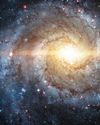
MYSTERIES OF THE UNI WHERE ARE ALL THE SPIRAL GALAXIES?
There are far fewer spiral galaxies than elliptical ones in the Supergalactic Plane, and scientists are keen to discover why
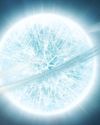
ZOMBIE STARS
+10 OTHER TERRIFYING SPACE OBJECTS

HOW TO BEAT LIGHT POLLUTION
Thought it was impossible to observe the wonders of the night sky from towns and cities? Think again. Follow our tips and tricks on successfully observing through sky glow
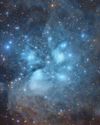
15 STUNNING STAR CLUSTERS
These beautiful stellar groupings are spattered across the cosmos

Eileen Collins "It was a difficult mission...we were the first to see Mir"
Having served as both the first female pilot and first female commander of NASA's Space Shuttle, Collins boosted the involvement of women in space exploration to a whole new level
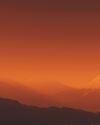
MARS LEAKS FASTER WHEN IT'S CLOSER TO THE SUN
The Red Planet has lost enough water to space to form a global ocean hundreds of kilometres deep
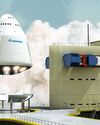
FUTURE TECH KANKOH-MARU
This ambitious reusable spacecraft will be capable of taking 50 people to and from orbit

THE FINAL FRONTIER
Beyond the reach of the Sun is a fascinating region of the cosmos that were only just beginning to explore
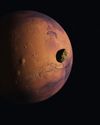
A long-lost moon could explain Mars' weird shape and extreme terrain
A long-lost moon could explain why Mars is so different from the other rocky planets in the Solar System. Today Mars has two tiny moons.
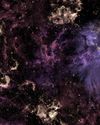
A sprinkling of cosmic dust may have helped kick-start life on Earth
Cosmic dust may have helped kick-start life on Earth. New findings challenge a widely held assumption that this wasn't a plausible explanation.